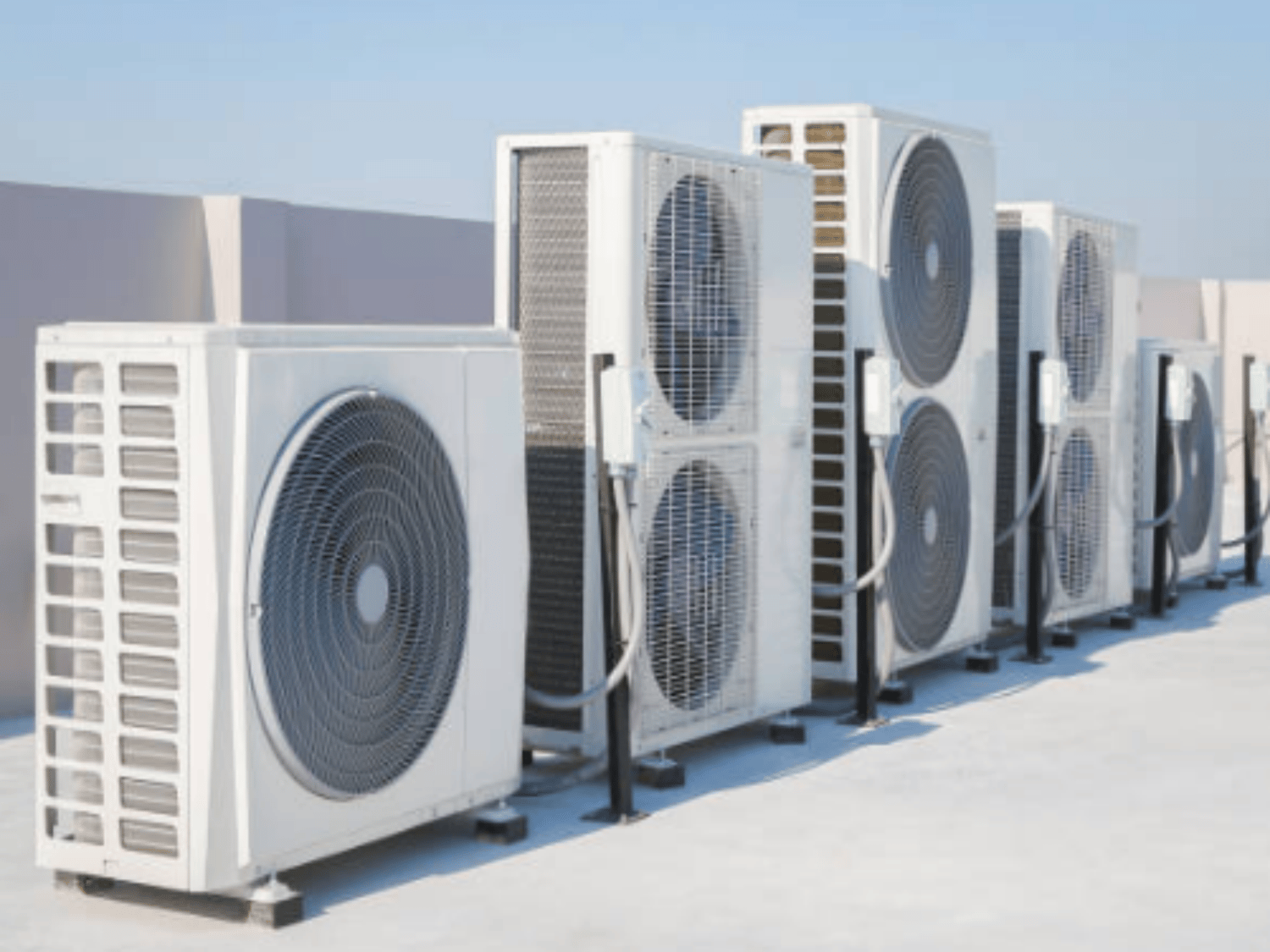The Key Components of an Air Conditioner
When it comes to keeping our homes cool and comfortable during the hot summer months, air conditioners play a crucial role. These complex machines are made up of several intricate parts that work together to regulate temperature and humidity. Understanding the different components of an air conditioner can help us appreciate the engineering marvel that keeps us cool on scorching days. In this article, we will explore ten essential parts of an air conditioner and their functions.
1. Compressor
The compressor is the heart of an air conditioning system. It is responsible for pressurizing and circulating the refrigerant, a substance that absorbs heat from the indoor air, cooling it down. The compressor pumps the refrigerant through the system, ensuring proper heat exchange.
2. Condenser
Located outside the house, the condenser is responsible for releasing the heat absorbed by the refrigerant. It consists of a series of metal fins and tubes that allow heat to dissipate into the surrounding air. The condenser plays a vital role in the cooling process, as it helps the refrigerant transition from a high-pressure gas to a liquid.
3. Evaporator
The evaporator, located inside the house, is in charge of absorbing heat from the indoor air. It consists of numerous metal fins and tubes that allow the refrigerant to evaporate, drawing heat from the surrounding air. This process cools down the air before it is circulated back into the room.
4. Expansion Valve
The expansion valve regulates the flow of refrigerant into the evaporator. By controlling the amount of refrigerant that enters the evaporator, it ensures optimal cooling efficiency. The expansion valve also lowers the pressure of the refrigerant, allowing it to evaporate and absorb heat effectively.
5. Fan
Air conditioners have two fans: the condenser fan and the evaporator fan. The condenser fan is located in the outdoor unit and helps cool down the refrigerant in the condenser. The evaporator fan, on the other hand, circulates the cool air produced by the evaporator throughout the room. These fans play a crucial role in maintaining proper airflow.
6. Air Filters
Air filters are responsible for removing dust, pollen, and other airborne particles before the conditioned air is distributed into the room. They help improve indoor air quality and prevent the buildup of dirt on the evaporator coils. Regularly cleaning or replacing the air filters is essential for maintaining the efficiency of the air conditioner.
7. Thermostat
The thermostat acts as the control center of the air conditioner. It allows users to set their desired temperature and controls when the cooling system turns on and off. Modern thermostats often come with programmable features that enhance energy efficiency by adjusting the temperature based on occupancy and time of day.
8. Refrigerant
Refrigerant is the chemical substance that facilitates heat transfer within the air conditioning system. It changes from a gas to a liquid and back again, absorbing heat from indoor air and releasing it outside. Common refrigerants used today, such as R-410A, are more environmentally friendly than older alternatives, as they do not deplete the ozone layer.
9. Ductwork
The ductwork serves as the pathway for the conditioned air to travel from the air conditioner to various rooms in the house. Properly designed and insulated ductwork ensures efficient airflow and prevents energy loss. Regular inspections and maintenance of the ductwork are necessary to avoid leaks and blockages.
10. Drainage System
As an air conditioner cools the air, it also removes moisture. The drainage system collects the condensation created during the cooling process and ensures it is properly drained away from the unit. A clogged or malfunctioning drainage system can lead to water damage and affect the efficiency of the air conditioner.

